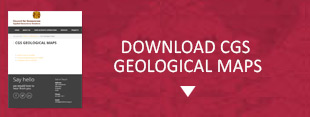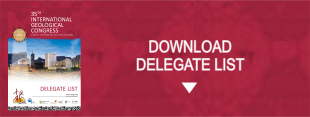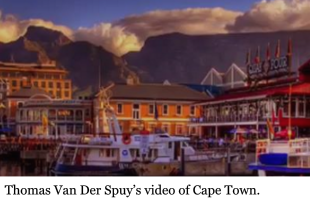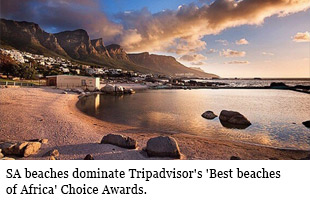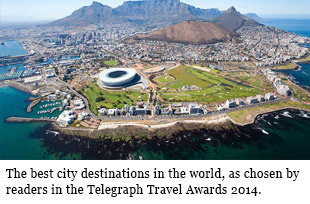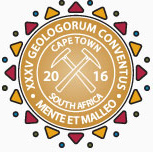
35TH INTERNATIONAL GEOLOGICAL CONGRESS
27 AUGUST - 4 SEPTEMBER 2016 | CAPE TOWN, SOUTH AFRICA
Sponsors
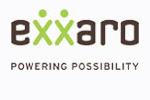


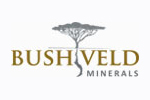

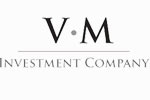
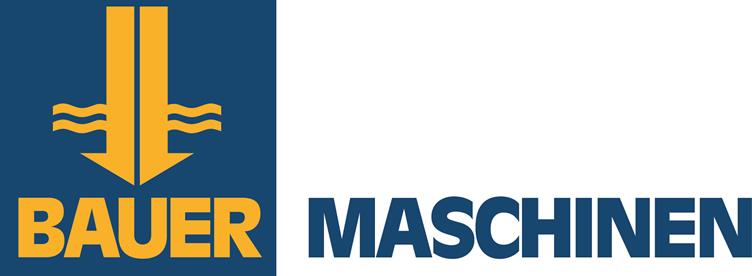








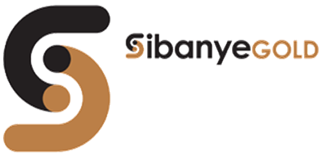
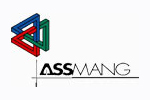
35 IGC SAGPGF




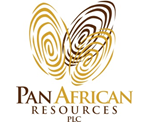
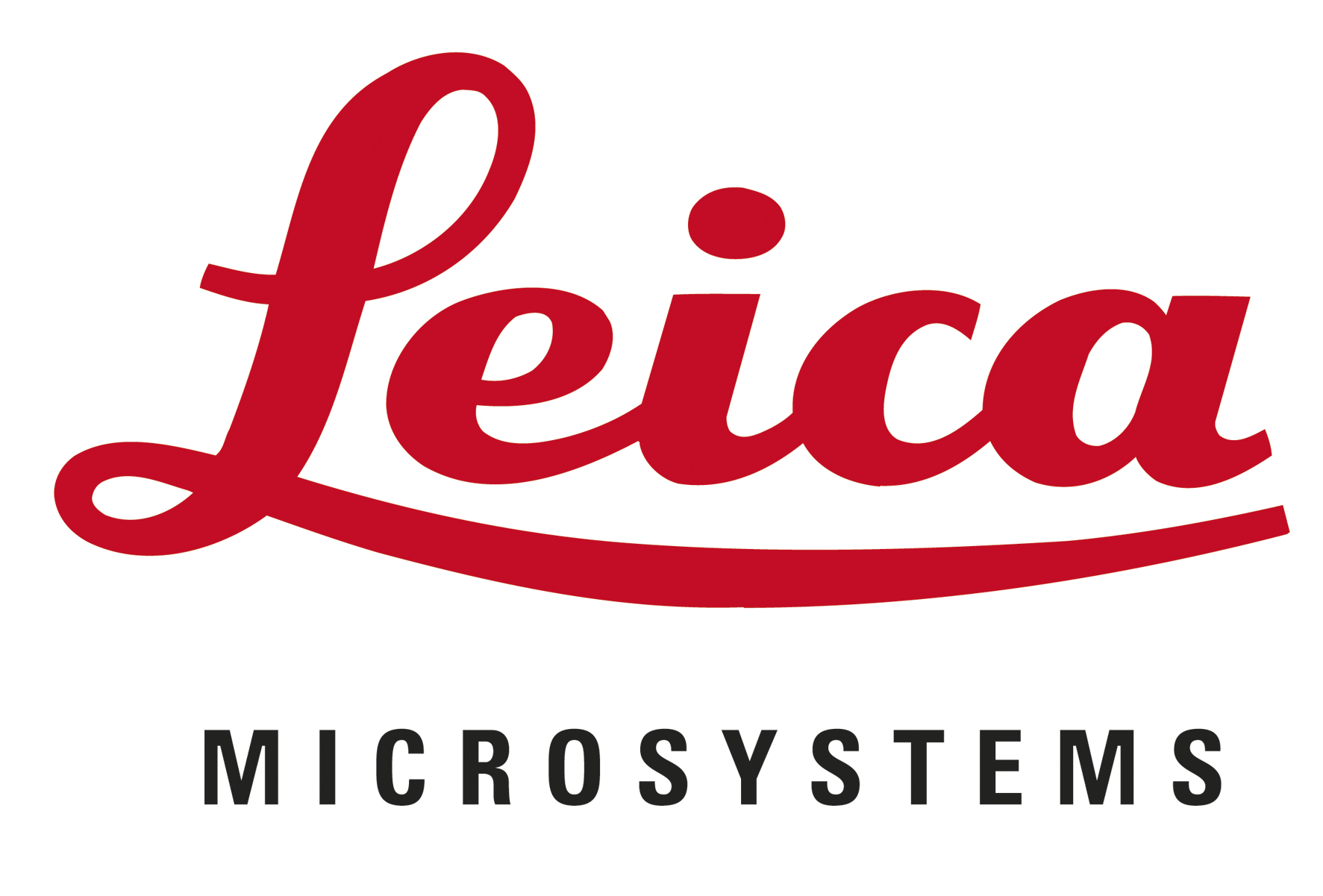
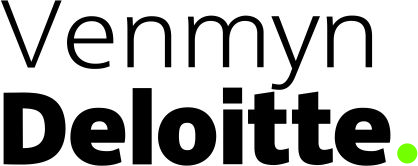
35TH INTERNATIONAL GEOLOGICAL CONGRESS
27 AUGUST - 4 SEPTEMBER 2016 | CAPE TOWN, SOUTH AFRICA
My IGC
Symposium Details
| Title | Description | Convenors |
|---|---|---|
| Geoscience Information Super-Symposium |
. |
Kristine Asch and Dana Capova |
| 1. Geoscience Spatial Data Infrastructures |
Building of the geoscience spatial data infrastructures interoperability (GSDI) – making geoscience complex data accessible and interoperable – offers an excellent potential to improve our understanding of the Earth and its natural processes, as well as our immediate environment. GSDI also helps to better manage the vast amount of geoscience related data and information that are being created worldwide in regional, national or even continental and international scales. GSDIs are components of more generic Spatial Data Infrastructures at all levels (international, national, regional) whose objective is to overcome “interoperability barriers” in applying technology, policies, standards, and human resources necessary to access, distribute, and improve utilization of geospatial data. This symposium presents contributions demonstrating examples at any scale how to manage the large range of data, make them discoverable, accessible and last, but not least interoperable to the wide range of geoscience user communities. |
Kristine Asch, Robert Tomas, Francois Robida |
| 2. Information Management - Interoperability and Standards |
The use of data transfer standards ensures that similar data from different data providers adheres to agreed data structures and data content. Such interoperable data allows many data providers to communicate their data in the same way, and enables efficient access and repeatable analysis of their data by users. This session will describe data standards for several types of geoscience data, and how those standards are used to share data nationally and internationally. |
Olliver Raymond, Mark Rattenbury, Steven Richard |
| 3. Data analysis, Delivery, Dissemination and Exploitation of Geoscience Data and information, Tools – software |
Geo-information has in the last two decades played an undisputed role in the development of the earth-sciences, where its application has progressed from a largely data capturing phase to the application phase. Many web applications for the viewing and exploring of data have become available. Much data have become available in the public domain and on the internet. The technology enables sophisticated interpretation and modelling. The purpose of this session is to showcase the application of geo-information science and to probe innovative approaches in different aspects of the earth-sciences. |
Gabriel Asato, Dana Capova; Hermanus Brynard |
| 4. Multi-dimensional modelling and visualisation of solid earth models - 2D, 3D, 4D, nD |
This session is dedicated to best practice, methods and issues when building and delivering geological solid models. Different aspects are considered as 3D geological modelling in the frame of national geological programs, predictive analysis tools, model architecture, visualization tools, links between database and models requirements, exploitation , sharing and delivery of models to the Geoscience community. |
Matt Harrison, Gabriel Courrioux |
| 5. Geoscience Information and Data in Africa |
Geoscience organizations in Africa possesses essential geoscience information needed by African policy makers and communities to locate and sustainably manage natural resources. Geoscience data and information play a key role in mitigating societal challenges such as location of groundwater resources, assessing the impacts of climate change and land-use planning. In this sub-symposium, projects demonstrating the importance of geoscience data and information in Africa, and on the effective management, dissemination and use of geoscience information, are presented. |
Kombada Mhopjeni, Anna Nguno, Kristine Asch |
| 6. CGMW: International Geoscience Maps in the 21st Century |
Making our complex geological environment understandable implies its simplification and reduction to a human scale in the form of a map, either on a paper or as a series of digital images on a screen. To reach this aim, science uses hypotheses and models. Actually, a geological map is not only a painting full of nice colors to be exposed on a wall. The potential of geological maps was fostered by data processing techniques that open access to spatial information. The geological map is a key tool for geoscientists, business planners and decision makers and remains the place where academic research and educational purpose converge. As they act as a mirror of the general knowledge of our planet and reflect science progress, Geological maps have to be periodically updated. |
Philippe Rossi, Manuel Pubellier; Pierre Nehlig |
 Field trips
Field trips  Sponsorship & expo
Sponsorship & expo  Registration
Registration Tours
Tours  Promotion
Promotion 

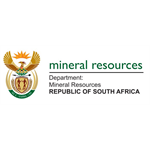












 Conference Programme
Conference Programme  Field trips
Field trips  Sponsorship & expo
Sponsorship & expo  Volunteer
Volunteer  GeoHost
GeoHost  Registration
Registration Tours
Tours  Promotion
Promotion  Publications
Publications


